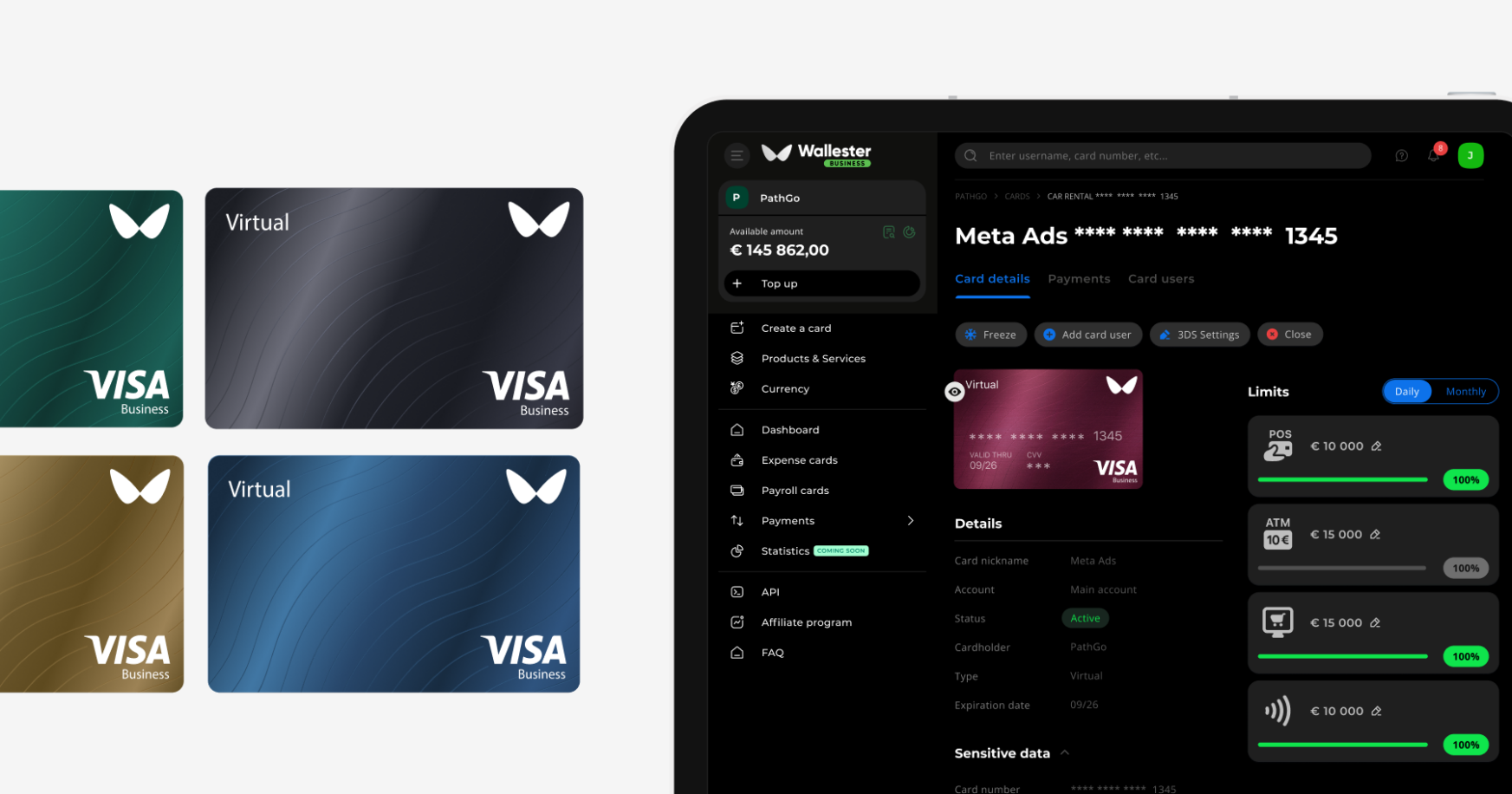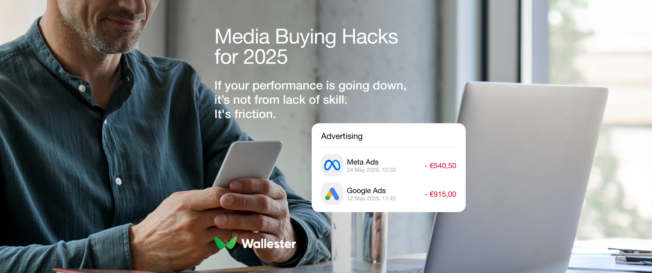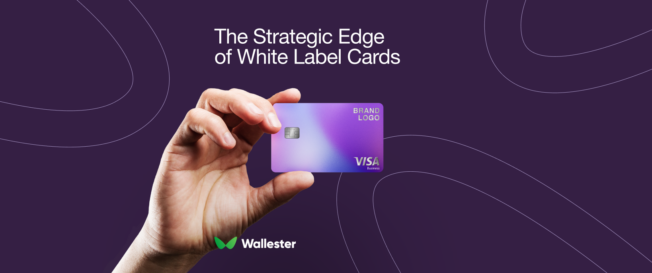Media buying in 2025 isn’t just competitive – it’s cutthroat. In Europe alone, social media ad spend is projected to hit €37 billion, with markets like the UK, Spain and Germany leading the way — all with over 77% of their populations online. The margin for error? Almost zero. Every mistimed bid, rejected payment, or fatigued creative doesn’t just cost money — it costs momentum, relevance, and results.
If you’re spending thousands or even millions on campaigns, this isn’t a “nice-to-read” post. It’s your operational blueprint. A guide to reclaim control, tighten your strategy, and scale without burning budget.
Inside, you’ll find 10 practical, immediately usable hacks for reducing waste, tightening systems, and making your ad spend work harder. Whether you’re battling broken attribution or unpredictable platform performance, this is your fireproofing checklist.
Are You Buying Media or Just Putting Out Fires?
Most media buyers don’t fail because they lack skill; they’re overwhelmed by friction. Budget caps that don’t sync with delivery, cards that decline mid-campaign, or creatives that fatigue without warning… You know the drill.
If your day feels like a series of reactive fixes, you don’t need better instincts; you need better systems. The following 10 hacks aren’t theoretical. They’re built to help you automate, prevent, and scale with precision.
Hack 1: Budget by Channel, Not by Habit
Teams that are truly winning in 2025 have left generic media plans behind. Today, 85% of online advertising spend is concentrated in just three channels: social, search engines and retail media. It makes no sense to treat them the same.
Budgeting by channel, instead of by campaign or department, gives you the agility to move pieces when something starts (or stops) working. Use your historical ROAS and tools like Triple Whale or Northbeam (both offer free trials) to gain real visibility into how each platform behaves and adjust real-time allocations. The strongest teams already do this weekly. And that makes the difference.
Hack 2: Segment Spending with Virtual Cards
The most organised teams already use different virtual cards by channel or ad to have total control and reconcile without headaches. According to Visa, virtual card usage ranges from 11% in the US to 7% in the UK, and the trend continues to grow.
If you want to try it, Wallester allows you to issue 300 free cards. Yes, free. You can create them instantly, assign them limits, custom names and deactivate them when the campaign ends. No confusion. No risks.
Hack 3: Audit Creative Fatigue Every Week
91% of users feel that ads are becoming increasingly intrusive. 87% believe there are too many. It’s not your brand. It’s the repetition.
When CTR drops or CPM rises, it’s often fatigue, not targeting. In this sense, tools like Motion or AdCreative.ai analyse and score your creatives with AI so you know what to rotate and when. Similarly, we recommend conducting a weekly review; this can make the difference between scaling and continuing to pay to be ignored.
Hack 4: Automate Daily Spending Limits
Meta itself warns you: if you’re under accelerated delivery mode, you could deplete your entire budget in a matter of hours. And yes, it happens more often than you think.
The solution is on the other side: automating payment caps. Tools like Wallester and its control panel can save you from expensive mistakes and unexpected pauses. You can assign daily, weekly or monthly limits to each card. Thus, even if the algorithm goes haywire, your budget won’t.
Hack 5: Track Payment Rejections as if They Were Losses
A single payment rejection can stop your campaign for hours or even days. Think of it this way: if Google Ads represents 60% of your traffic and suddenly pauses, your visits and sales can drop by that same 60%. Same proportion.
And when that happens, you lose more than impressions: the algorithm’s rhythm is broken, conversions drop and ROAS plummets. How to avoid it? Start by receiving real-time notifications. Use BIN sponsorship to increase your authorisation rates and reduce rejections on platforms like Meta, Google, and TikTok.
Hack 6: Synchronise Your Advertising Spend with Real-Time Revenue
Improvement begins with knowing exactly where the sale comes from. Tools like Segment or Funnel.io (both with free versions) allow you to connect sales data with advertising spend almost instantly. Here’s the real game-changer – synchronise the data from both platforms with a live dashboard that automatically updates every 3 or 4 hours. Decisions based on today’s data, not last week’s, are what separate teams that scale from those that merely survive.
Hack 7: Localise Your Spending and Stop Losing on the Exchange
When you pay in a currency different from the target market, some platforms apply hidden fees that erode your budget. It’s no coincidence that 54% of PPC marketers trust Google less regarding cost transparency.
One solution to this is usually using cards that operate in the same currency as the country where you run your campaigns. This simplifies payments and avoids high conversion charges.
Hack 8: Plan Your Media According to Cash Flow
Even the most profitable ad runs can put your business at risk if they don’t align with your liquidity. According to QuickBooks, 61% of small businesses have faced cash flow problems, rejecting projects due to a lack of capital.
For this reason, you’ll want to map your billing cycles and payment terms with precision. Now, if you’re scaling rapidly, consider short-term credit options. In this sense, the best media buyers coordinate closely with their financial teams to grow without compromising stability.

Hack 9: Give Access to Cards Without Losing Control
Imagine your team needs to launch paid media rounds quickly, but each payment requires intervention from the finance department. Skip this stage and go directly to the platform that Wallester offers.
With Wallester Business, you can issue virtual cards instantly and assign specific access to each team member. This allows employees to manage their expenses autonomously, while the finance department maintains complete control through customised limits and real-time tracking.
Hack 10: Build Your Attribution System Before Scaling
Don’t wait until you’re spending a fortune to wonder which channel works. Start from day one with consistent UTMs, conversion APIs and server-side tracking. How do you achieve a high level of consistency? The trick is in the order. Name your campaigns well, organise your data and avoid having to backtrack when you’re already moving.
What Separates Those Who Spend from Those Who Scale
Doing media buying in 2025 isn’t just about investing well, but operating with surgical precision. Teams that scale aren’t those that spend the most, but those that make quick decisions, reduce friction and have systems that support them.
These 10 hacks aren’t marketing theories; they’re practices that give you back control over your budget, your advertising strategy, and your time. Because growth isn’t improvised. It’s built.
And if you want the financial side of all this to be as efficient as your campaigns, Wallester Business is made to accompany you on the path to success.


